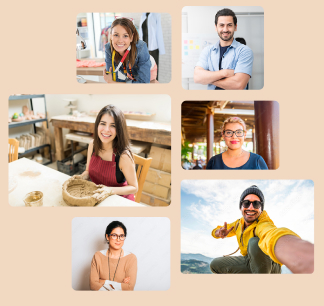5 Biodegradable Packaging Innovations you Need to Know About
Cove - The First Biodegradable Water Bottle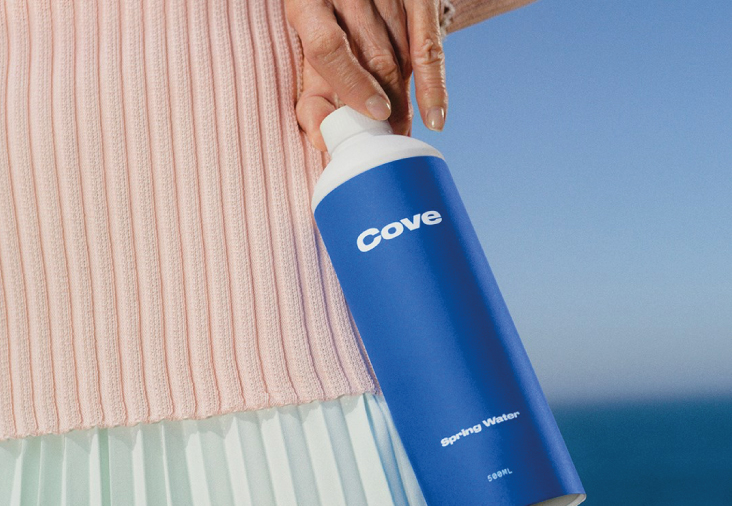
That is why Cove, a materials innovation company based in Los Angeles, has created the first water bottle that is fully biodegradable. Cove's bottles (cap included) are made of polyhydroxyalkanoate, a naturally occurring and fully biodegradable material produced by microorganisms through a fermentation-like process. Right now, the most conservative estimate is that a Cove bottle will take a maximum of five years to biodegrade in reasonable conditions.
Peel Saver - An Enviromentally Friendly Container Made of Potato Crisps
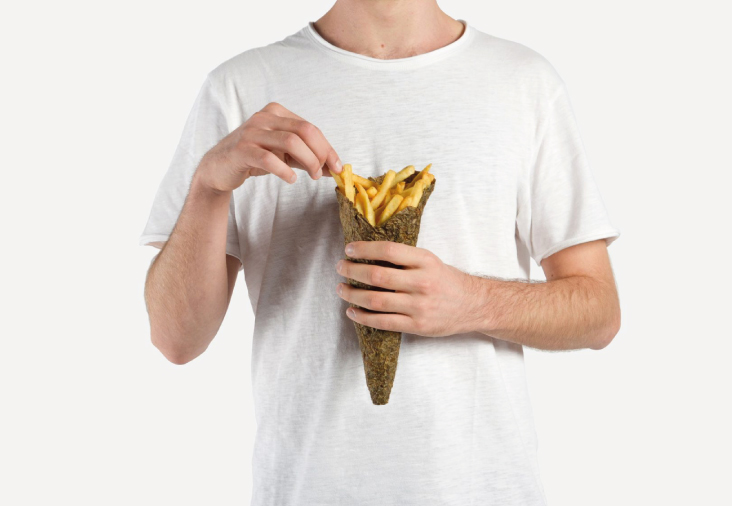
Designed in 2019 by Italian designers Simone Caronni, Pietro Gaeli, and Paolo Gentile, Peel Saver is a 100% ecological and biodegradable packaging made from potato peel waste. The shells are washed and dried, then, thanks to the starch, they easily stick together, forming a cone with the classic shape of potato packaging. After disposal, Peel Saver can be used as animal feed or plant fertilizer.
An Edible Ramen Wrapper that Turns into Sauce
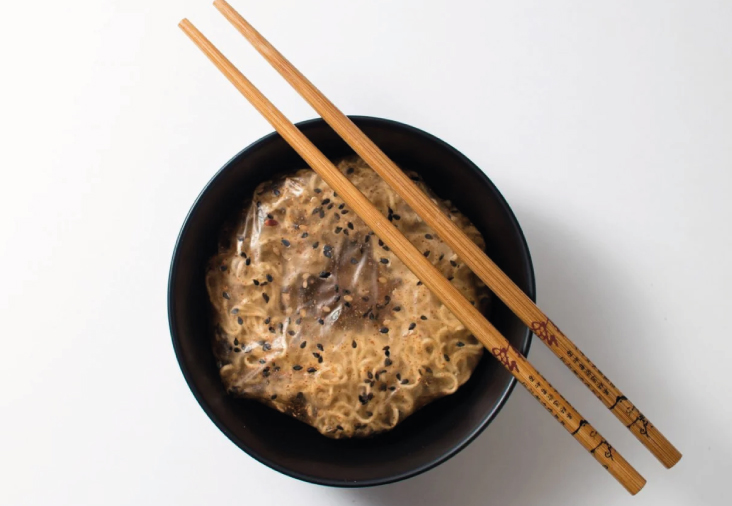
During her study days as a product designer, Holly Grounds loved eating instant noodles, but she soon realized that this habit, which made her life easier, was detrimental to the environment. While it only took her 10 minutes to cook and eat, the noodle wrapper could take up to 8 years to decompose.
This inspired her to create an edible and tasteless bioplastic wrapper made of starch, glycerin, water, flavorings, and spices. Its transparent film can wrap the dried noodles and dissolve in contact with boiling water, creating a delicious sauce to spice up the food. This invention can also be used to package and flavor rice, pasta, and many other edible products in the next few years.
NOTPLA - Edible Packaging Made form Algae
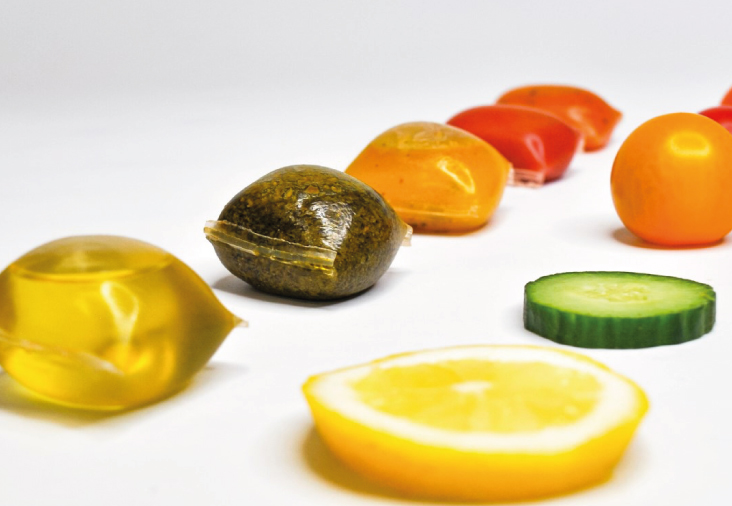
Born in 2019, NOTPLA is a European-based startup that makes packages that biodegrade naturally in less than 6 weeks. Ideal for packaging beverages and sauces, these eco-sachets are made from algae and plants and can either disappear naturally or be consumed by users.
Get Onboard - An Edible and Biodegradable Air Travel Meal Tray
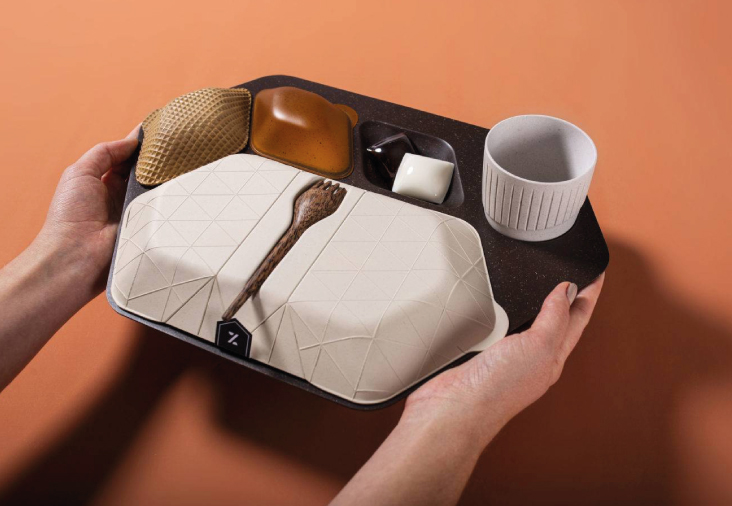
Around 5.7 million tons of waste are produced annually in the aviation sector due to in-flight catering. This creates the need to reinvent how this service is provided and PriestmanGoode, a leading aviation and environmental transportation design studio, have already an ambitious plan: the Get Onboard project.
Designed in 2019, Get Onboard is a meal tray that uses edible, biodegradable, and commercially compostable materials. For example, the flight tray is made with ground coffee, while the main plate is produced with wheat bran. Cutlery is manufactured with coconut wood, sauce capsules with soluble algae, cups with rice husks, and lids with banana leaf and wafer. This ecological proposal seeks to encourage airlines to revisit the provision of services so that passengers can keep getting what they expect from a great travel experience, but at a lower environmental cost.

